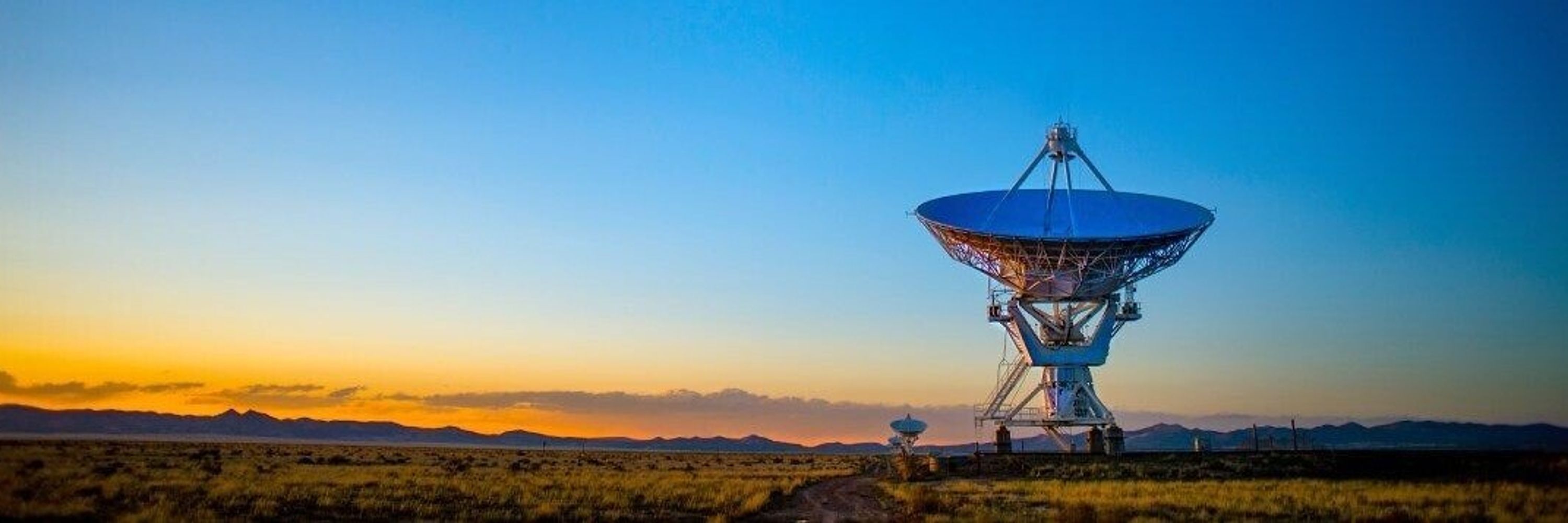
Writing occasionally about science, space missions, astronomy, planetary science, satellites, Democracy and human rights.
Mostly at https://fosstodon.org/@AkaSci
The first one is Comet C/2025 A6 (Lemmon) seen through Earth's shimmering aurora lights.
eol.jsc.nasa.gov/SearchPhotos...
#Astronomy

The first one is Comet C/2025 A6 (Lemmon) seen through Earth's shimmering aurora lights.
eol.jsc.nasa.gov/SearchPhotos...
#Astronomy

Beyond its diagnostic implications, the study opens new therapeutic avenues.
www.medicalrepublic.com.au/fibromyalgia...
pmc.ncbi.nlm.nih.gov/articles/PMC...
#Health

Beyond its diagnostic implications, the study opens new therapeutic avenues.
www.medicalrepublic.com.au/fibromyalgia...
pmc.ncbi.nlm.nih.gov/articles/PMC...
#Health
Caused by Coronal Mass Ejections (CMEs) on Nov 9 and 10.
A stronger X.1 solar flare occurred today at 1004 UTC from solar region 4274, which should arrive Wednesday around 19:00 UTC.
Search aurora for pics.
www.swpc.noaa.gov

Caused by Coronal Mass Ejections (CMEs) on Nov 9 and 10.
A stronger X.1 solar flare occurred today at 1004 UTC from solar region 4274, which should arrive Wednesday around 19:00 UTC.
Search aurora for pics.
www.swpc.noaa.gov
www.wsj.com/tech/biotech...

www.wsj.com/tech/biotech...
@mitpress.bsky.social
Details at: mitpress.mit.edu/978026255348...
#HistSci #Computing #History #Books 🗃️

@mitpress.bsky.social
Details at: mitpress.mit.edu/978026255348...
#HistSci #Computing #History #Books 🗃️
"Every email said more or less the same thing: Can you explain how reading certain things can turn a person into a socialist—and, possibly, a terrorist-sympathizing antisemite? It’s a storied gambit of the right at its most grimly predictable."
lithub.com/maybe-dont-t...
1/

"Every email said more or less the same thing: Can you explain how reading certain things can turn a person into a socialist—and, possibly, a terrorist-sympathizing antisemite? It’s a storied gambit of the right at its most grimly predictable."
lithub.com/maybe-dont-t...
1/
[In 4 parts]
—CA's Prop 50 wins
—VA Dems flip Gov, LG, AG
—Dems defend NJ-Gov
—Dems gain leg seats in VA & NJ
—Dems win NJ & VA trifectas
—Mamdani wins
—PA Dems win state supreme court
—ME anti-mail voting measure loses
—GA Dems flip 2 statewide offices
[In 4 parts]
—CA's Prop 50 wins
—VA Dems flip Gov, LG, AG
—Dems defend NJ-Gov
—Dems gain leg seats in VA & NJ
—Dems win NJ & VA trifectas
—Mamdani wins
—PA Dems win state supreme court
—ME anti-mail voting measure loses
—GA Dems flip 2 statewide offices
🪼🪼
Jellyfish are invertebrates, not fish.
Jellyfish go back over 500 million years.
There are over 2,000 known species of jellyfish.
One species of jellyfish possesses a property like no other animal - immortality!
...
Much more at fosstodon.org/@AkaSci/1154...
#Science

🪼🪼
Jellyfish are invertebrates, not fish.
Jellyfish go back over 500 million years.
There are over 2,000 known species of jellyfish.
One species of jellyfish possesses a property like no other animal - immortality!
...
Much more at fosstodon.org/@AkaSci/1154...
#Science
🎃🦇🤣
#UsPol #Halloween
🎃🦇🤣
#UsPol #Halloween

Alan is an astrophotographer, lecturer, planetarium producer and author of the eBook "How to Photograph and Process Nightscapes and Time-Lapses."
Check out his other works at www.amazingsky.com
#Astronomy
This was October 29, 2025. Tech details in the Alt Text.

Alan is an astrophotographer, lecturer, planetarium producer and author of the eBook "How to Photograph and Process Nightscapes and Time-Lapses."
Check out his other works at www.amazingsky.com
#Astronomy
#ResistanceEarth
Today in history, 1948: Dense smog claims 11 elderly victims in Donora, Pa. Fog had trapped toxic pollutants from a zinc smelting plant close to the ground, making thousands sick. The tragedy led to the passage of the 1955 Clean Air Act. /1

#ResistanceEarth
Today in history, 1948: Dense smog claims 11 elderly victims in Donora, Pa. Fog had trapped toxic pollutants from a zinc smelting plant close to the ground, making thousands sick. The tragedy led to the passage of the 1955 Clean Air Act. /1
knowablemagazine.org/content/arti...

knowablemagazine.org/content/arti...
At 10:30 pm PST, SRI programmer Bill Duvall and UCLA student programmer Charley Kline made the first successful host-to-host login connection.
👏
en.wikipedia.org/wiki/ARPANET
#History

At 10:30 pm PST, SRI programmer Bill Duvall and UCLA student programmer Charley Kline made the first successful host-to-host login connection.
👏
en.wikipedia.org/wiki/ARPANET
#History
At 10:30 pm PST, SRI programmer Bill Duvall and UCLA student programmer Charley Kline made the first successful host-to-host login connection.
👏
en.wikipedia.org/wiki/ARPANET
#History

At 10:30 pm PST, SRI programmer Bill Duvall and UCLA student programmer Charley Kline made the first successful host-to-host login connection.
👏
en.wikipedia.org/wiki/ARPANET
#History
Still from time-lapse video of comet C/2025 A6 (Lemmon) by Michael Jäger and Gerald Rhemann.
Video at spaceweathergallery2.com/indiv_upload...
Cleaned up images at skyweek.wordpress.com/2025/10/
#Astronomy #Comet

Still from time-lapse video of comet C/2025 A6 (Lemmon) by Michael Jäger and Gerald Rhemann.
Video at spaceweathergallery2.com/indiv_upload...
Cleaned up images at skyweek.wordpress.com/2025/10/
#Astronomy #Comet
☄️
www.marinaprol.com/astroandnigh...
Credit: Marina Prol
#Astronomy

☄️
www.marinaprol.com/astroandnigh...
Credit: Marina Prol
#Astronomy
🌀
Credit: Matthew Cappucci and Alina Cooper

🌀
Credit: Matthew Cappucci and Alina Cooper
And in doing so, we can make City Hall a place from which New Yorkers expect change, not failure."



And in doing so, we can make City Hall a place from which New Yorkers expect change, not failure."
New York is not for sale.

New York is not for sale.
More at www.petrhoralek.com?p=25820 and
fosstodon.org/@AkaSci/1154...
#Astronomy

More at www.petrhoralek.com?p=25820 and
fosstodon.org/@AkaSci/1154...
#Astronomy
Landfall in Jamaica - Tuesday morning.
Catastrophic amounts of rain, 40+ inches in some areas in Jamaica, storm surges, life-threatening flooding and landslides.
www.nhc.noaa.gov

Landfall in Jamaica - Tuesday morning.
Catastrophic amounts of rain, 40+ inches in some areas in Jamaica, storm surges, life-threatening flooding and landslides.
www.nhc.noaa.gov
ESA Juice will collect imaging and spectral data from ~0.4 AU distance.
NASA Europa Clipper can potentially sample the plasma and dust tail from ~1 AU away.
fosstodon.org/@AkaSci/1153...
arxiv.org/pdf/2508.15768
#Astronomy

ESA Juice will collect imaging and spectral data from ~0.4 AU distance.
NASA Europa Clipper can potentially sample the plasma and dust tail from ~1 AU away.
fosstodon.org/@AkaSci/1153...
arxiv.org/pdf/2508.15768
#Astronomy



